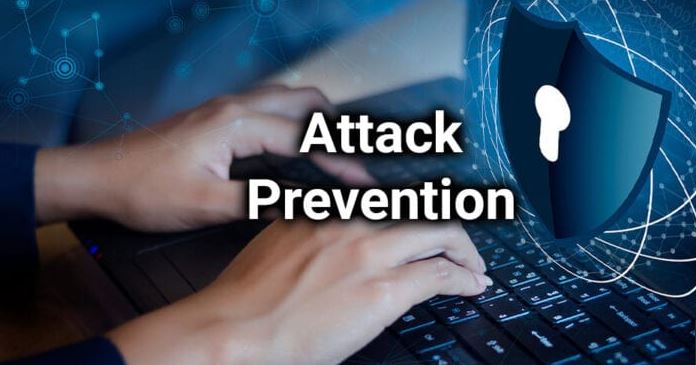As cyber threats become more sophisticated, protecting systems and data from advanced attacks is more crucial than ever. These attacks, often referred to as Advanced Persistent Threats (APTs), involve stealthy, prolonged cyber intrusions designed to steal sensitive data or disrupt operations. In this article, we explore key strategies and technologies to enhance security against advanced cyber threats.
What Are Advanced Cyber Attacks?
Advanced cyber attacks are complex and covert attempts to infiltrate computer systems and networks, often remaining undetected for extended periods. They employ techniques such as:
- Advanced Persistent Threats (APTs):
- Long-term cyber espionage campaigns targeting high-value data.
- Sophisticated Malware:
- Malicious software designed to evade traditional detection methods.
- Social Engineering Attacks:
- Manipulating users into revealing sensitive information or granting unauthorized access.

The Importance of Advanced Attack Protection
Implementing robust security measures is essential to:
- Safeguard Sensitive Data: Prevent unauthorized access and data breaches.
- Ensure Business Continuity: Protect systems from disruptions that could impact operations.
- Maintain Compliance: Adhere to security regulations such as ISO 27001, NIST, and GDPR.
Key Protection Technologies
To defend against advanced threats, organizations should leverage:
- Data Encryption:
- Protecting data in transit and at rest with strong encryption algorithms.
- Intrusion Detection and Prevention Systems (IDS/IPS):
- Monitoring network traffic for suspicious activity and blocking potential threats.
- Behavioral Analytics:
- Utilizing AI to analyze network behavior and identify anomalies indicative of cyber threats.
- Secure Cloud Computing:
- Leveraging cloud security solutions that offer advanced data protection and threat detection.
Best Practices for Strengthening Cyber Defense
To maximize cybersecurity effectiveness, organizations should implement the following best practices:
- Regular Software Updates: Patching vulnerabilities to mitigate security risks.
- Advanced Firewalls: Filtering unauthorized network traffic.
- Employee Security Training: Educating staff on recognizing and responding to cyber threats.
- Identity and Access Management (IAM): Restricting access to sensitive data based on user roles and authentication levels.
Advanced Protection Strategies
For enhanced security, organizations should adopt:
- Multi-Factor Authentication (MFA):
- Adding an extra verification step to prevent unauthorized access.
- Threat Monitoring & Log Analysis:
- Using SIEM (Security Information and Event Management) tools to detect and respond to anomalies.
- End-to-End Data Encryption:
- Ensuring data remains encrypted throughout its lifecycle.
- Partnerships with Security Providers:
- Collaborating with cybersecurity firms for expert guidance and advanced threat intelligence.

Conclusion
Protecting systems from advanced cyber threats requires a proactive approach that combines cutting-edge technologies and best security practices. By implementing robust cybersecurity measures, individuals and organizations can effectively defend against evolving cyber risks and safeguard critical digital assets.